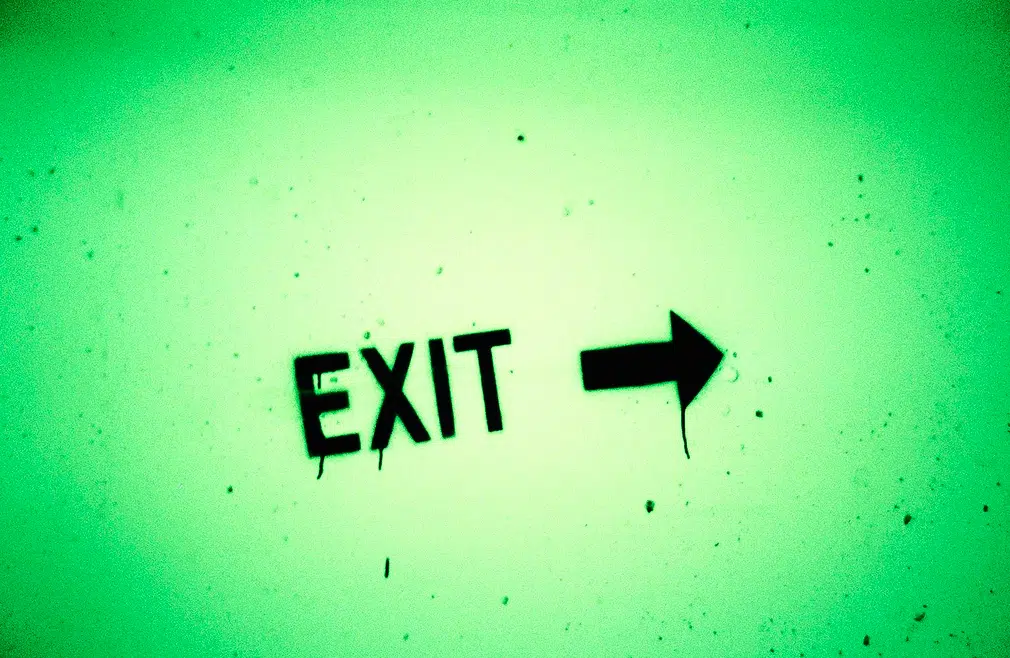Please Stop Saying Lapsed Donors Are Your “Best Prospects”


Full Platform Overview Chat With Us



Full Platform Overview Chat With Us





Whenever I or anyone else at Bloomerang writes or speaks on donor retention, we often recommend that fundraisers isolate donors who haven’t given in two years into a separate list, removing them from regular direct mail solicitations and other costly marketing efforts.
While we are a bit more aggressive on this point, it’s not uncommon to hear independent consultants recommend the same for donors who haven’t given in 3-5 years.
The reason for this is that data pulled from our customer database (thousands of nonprofits in the United States) has shown that if a donor hasn’t given in two years, the likelihood that they will give again is about 2.2%. This figure has been more or less corroborated by other studies.
However, one or two fundraisers in a group of readers or listeners will push back, stating that past donors are the “best prospects,” regardless of how long it has been since they’ve given.
While some fundraisers do indeed receive renewals and/or surprise donations from those who haven’t given in years, to consider lapsed donors as excellent prospects is a bit problematic.
Defining “best prospects”
Indeed, someone who has funded your mission in the past is a logical constituent to continue soliciting. Some research shows that a significant percentage of bequests are given by past donors who haven’t contacted or donated the organization in many years. However, it’s unrealistic and potentially dangerous to count on surprise gifts from long-lost supporters.
For the average development team working on their annual fund, there may be better candidates than lapsed donors to reach out to.
Here are a few constituent types you might consider:
If you haven’t ever tapped into these groups, please do so before spending time and money on lapsed individual donors. They represent low-hanging fruit primarily because they have already demonstrated a commitment to your cause.
Don’t forget: there are many potential funders out there that you’ve never met who may have a deeper connection to your cause than those who have given in the past.
What to do with 2+ year lapsed donors
While some donors are just never going to give again, there are a few things you can do with those lapsed donors to possibly bring them back into the fold that have nothing to do with sending solicitations:
Your response rate will likely be in the single digit percentile, but that’s better than nothing!
Donor retention rates are abysmal
It’s likely that part of the reason why 2+ year lapsed donors are only renewing 2.2% of the time may be because overall donor retention rates in the sector hover around 40%. For first-time donors, it’s less than 20%.
The simple truth is that we just aren’t good at stewarding donors to give again. Donor love is difficult when we’re caught on the acquisition treadmill.
So if you aren’t quite ready to abandon those lapsed donors, consider making an investment in improved stewardship. Thanking quickly and personally, communicating impact and sharing success stories are great ways to cut down on attrition, and possibly bring lapsed donors back into the fold. Try segmenting your appeals based on demographics, communication channel preference, gift size and frequency for a more personal touch. And, for goodness sake, pick up the phone! A thank you call apropos of nothing will surprise and delight donors (be sure you’re only calling those who have opted in to that channel).
So let’s all stop treating that giant list of names in your donor database like a security blanket. Rather than concentrating on trying to bring long lost donors back, instead formulate a retention strategy to keep them from leaving in the first place.
What’s your cut off point for lapsed donors? Do you have one? Let me know in the comments below!


Comments
Steven Shattuck
Ken Wyman
Steven Shattuck
Gayle Gifford
Ron Newlin